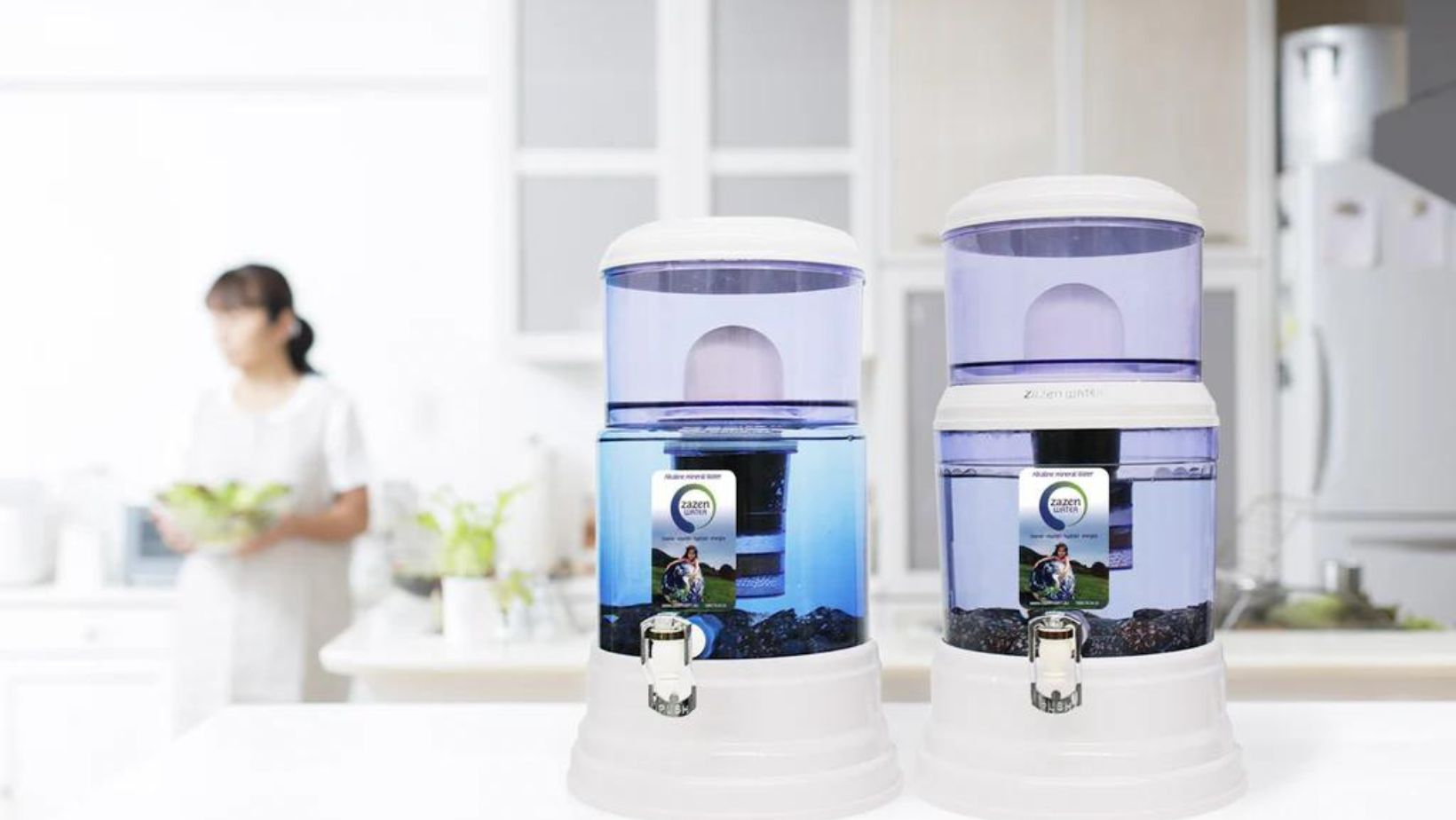Fresh Kitchen Vibes: How to Go Green and Keep it Clean

Today, when we’re more aware of what we put into our bodies and how we impact the planet, a healthy and sustainable kitchen isn’t just a trend—it’s a lifestyle shift. Imagine whipping up your favorite meals in a space that not only nourishes you but also respects the environment. Making your kitchen greener doesn’t mean sacrificing style or convenience. Instead, it’s about thoughtful choices that make your daily routine healthier and more sustainable. Keep reading to learn how you can completely transform your kitchen into a space that’s good for you and the planet.
The Power of Fresh Air and Natural Light
First things first, let’s talk about the air you breathe and the light that floods your kitchen. While sleek cabinetry and high-end appliances often steal the spotlight, air quality and natural lighting are the unsung heroes of a healthy kitchen. Poor ventilation can trap moisture, leading to mold growth and a buildup of indoor pollutants. Open those windows, and let fresh air circulate whenever possible. If you’re in the market for a renovation, consider installing a range hood that effectively filters out cooking fumes.
Natural light is another game-changer. Not only does it brighten your space, making it feel more open and inviting, but it also reduces the need for artificial lighting. Swap out heavy curtains for light, airy ones that let the sunshine in. If privacy isn’t an issue, you might even go for sheer blinds. This not only saves energy but also boosts your mood—there’s nothing like a sunlit kitchen to make mornings feel less daunting.
Ditch the Toxins—Opt for Eco-Friendly Cleaners
Next up is tackling the cleaning products in your kitchen. Traditional cleaners might get the job done, but they often come with a hidden cost: harsh chemicals that can linger on surfaces and in the air. These can be harmful not just to you but to the environment as well. It’s time to swap them out for eco-friendly alternatives.
When you clean these with natural kitchen cleaners, you’re not only reducing your exposure to toxic substances but also cutting down on the chemical runoff that ends up in our water systems. Look for products that are plant-based, biodegradable, and free from synthetic fragrances. Better yet, you can make your own cleaners using simple and natural ingredients like vinegar, baking soda, and (for fragrance) essential oils. Not only is this a greener option, but it’s also a budget-friendly one.
Smart Storage—Organize for Health and Efficiency
A well-organized kitchen isn’t just aesthetically pleasing—it’s also key to maintaining a healthy and sustainable space. Clutter can make it difficult to find what you need and may even lead to food waste when ingredients are forgotten and left to spoil. Start by decluttering your pantry and fridge. Keep items that you use frequently within easy reach and store less-used items higher up or in the back.
Invest in glass storage containers, which are a safer and more sustainable alternative to plastic. Not only do they help keep your food fresh, but they’re also free from harmful chemicals like BPA that can leach into your food. Labeling containers with the contents and date is another pro tip that helps reduce food waste by making sure you use up ingredients before they go bad.
Hydrate Right—Upgrade to Alkaline Water
When it comes to creating a healthier kitchen, what you drink is just as important as what you eat. Tap water is a staple in most kitchens, but have you considered the benefits of upgrading to alkaline water? This type of water is known for its higher pH level, which can help neutralize acid in your body, potentially improving hydration and overall wellness.
The finest alkaline water filter systems and machines are becoming a must-have in modern kitchens. These systems not only improve the taste of your water but also filter out contaminants that can affect your health. Alkaline water is often touted for its ability to boost metabolism, increase energy, and slow the aging process—benefits that are hard to ignore. By investing in an alkaline water system, you’re taking a big step toward a healthier lifestyle. Plus, it’s a sustainable choice that reduces the need for bottled water, cutting down on plastic waste.
Sustainable Choices—From Farm to Fork
Last but certainly not least, consider the food that you bring into your kitchen. A sustainable kitchen isn’t just about the appliances and cleaners you use—it’s also about the food you prepare and eat. Whenever possible, opt for organic, locally sourced produce. Not only does this reduce your carbon footprint, but it also supports local farmers and ensures you’re getting the freshest ingredients.
When shopping for pantry staples, look for items with minimal packaging, or better yet, buy in bulk. This reduces waste and often saves money in the long run. Composting food scraps is another excellent way to make your kitchen more sustainable. Instead of throwing away vegetable peels and coffee grounds, turn them into nutrient-rich compost for your garden. This not only reduces waste but also enriches the soil, creating a full-circle approach to sustainability.
Small Changes, Big Impact
Transforming your kitchen into a healthier and more sustainable space doesn’t require a complete overhaul. By making a few mindful choices—like improving air quality, opting for eco-friendly cleaners, organizing smartly, hydrating with alkaline water, and choosing sustainable foods—you can create a kitchen that’s not only better for you but also kinder to the planet. These changes, though small, can have a significant impact on your daily life and the environment. So why wait? Start making your kitchen healthier and more sustainable today, and enjoy the benefits for years to come.
-
Personal Finance1 year ago
How Do I Find My UCAS ID Number?
-
Success6 years ago
Consistency: The Key Ingredient to Success
-
Personal Finance1 year ago
What Does Conditionally Approved Mean For An Apartment?
-
Motivation3 years ago
How To Become a More Organized Person?
-
Others5 years ago
Work Health and Safety: 8 Reasons to Maintain a Clutter-free Office
-
Entrepreneurs4 years ago
Why Diversity is Key in Business Marketing
-
HK Pools1 year ago
The HK Pools Forum Comunity Jos Markotop 2D Warna Kuning – A Great Way to Stay Connected
-
Sport2 years ago
What Makes Soccer Betting So Great?





























